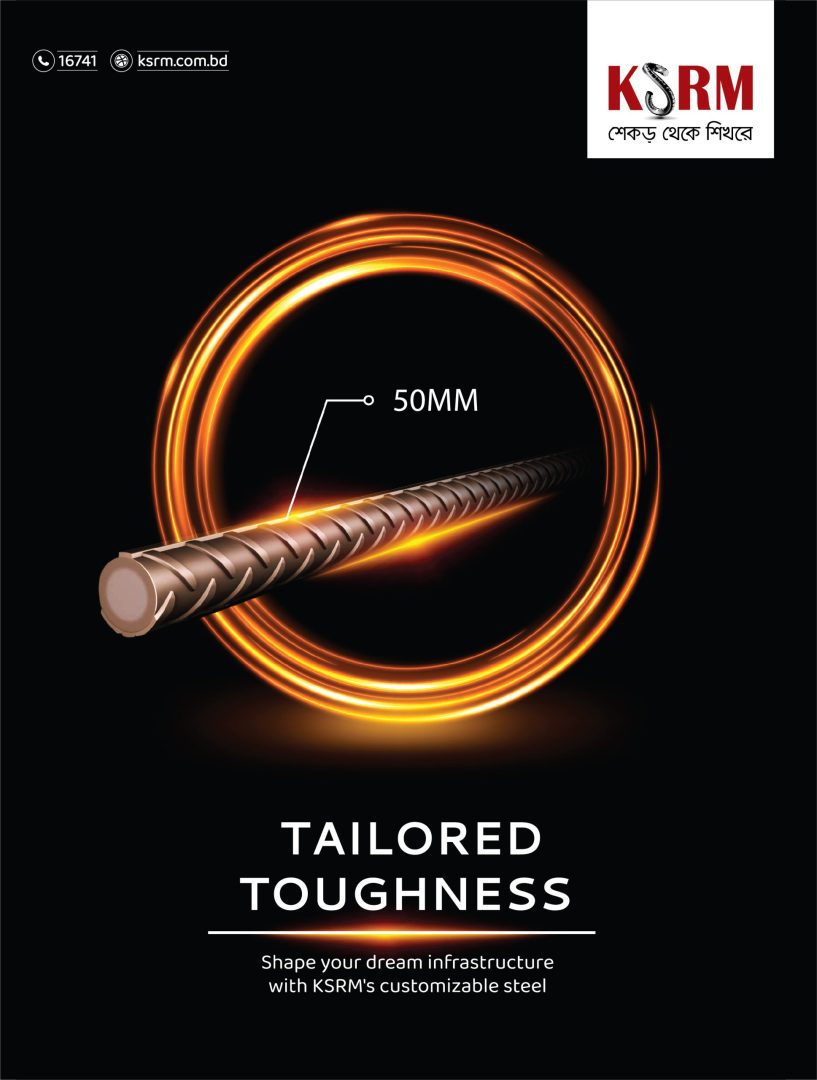Perhaps one of the most challenging parts of golf — next to getting stuck in obstacles and delivering a powerful tee stroke — is the final stroke on the putting green, which comes with its own set of rules according to the United States Golf Association (USGA)’s “The Official Rules of Golf,” Rule 16.
The rule stipulates how to handle touching the line of putt, lifting and cleaning the ball, and repairing of hole plugs and ball marks as well as dictating that it is against the rules for a player to test the putting green during the simulation round.
Notably, like most rules in the USGA’s “The Official Rules of Golf,” Rule 16 comes with its fair share of exceptions including that a player may test the putting green on any hole already played or on the practice putting greens between rounds unless otherwise prohibited.
In any case, a violation of any of the articles of Rule 16, section 1 come with a two-stroke penalty during stroke play or a loss of hole in match play.
General Regulations of Rule 16:
Rule a of Rule 16, Section 1 dictates that the line of putting green (Rule 8-2b) must not be touched, with a few notable exceptions including when measuring (Rule 18-6) and when the player is placing his or her club in front of the ball when addressing it (so long as nothing is pressed down as a result). A player may also remove loose impediments, lift or replace the ball (Rule 16-1b), press down a ball-marker, repair old hole plugs or ball marks on the putting green (Rule 16-1c), and remove movable obstructions (Rule 24-1).
Rule 16-1b states that “A ball on the putting green may be lifted and, if desired, cleaned,” but “the position of the ball must be marked before it is lifted and the ball must be replaced (see Rule 20-1).” It then goes on to say that “when another ball is in motion, a ball that might influence the movement of the ball in motion must not be lifted.”
Rule 16-1c, on the other hand, refers to repairing hole plugs, ball-marks, and any other damage on the course. “The Official Rules of Golf” dictates that there isn’t a penalty, “provided the movement of the ball or ball-marker is directly attributable to the specific act of repairing an old hole plug or damage to the putting green caused by the impact of a ball,” and “otherwise, Rule 18 applies.”
Additional Rules, Exceptions, and the Penalty:
A player’s stance is also dictated according to “The Official Rules of Golf’s” Rule 16-1e, which deals with “Standing Astride or on Line of Put,” and states that the player “must not make a stroke on the putting green from a stance astride, or with either foot touching, the line of putt or an extension of that line behind the ball,” except in the case of when “the stance is inadvertently taken on or astride the line of putt (or an extension of that line behind the ball) or is taken to avoid standing on another player’s line of putt or prospective line of putt.”
The last rule in Section 1 of Rule 16 is titled Making Stroke While Another Ball in Motion” and states that “the player must not make a stroke while another ball is in motion after a stroke from the putting green, except that if a player does so, there is no penalty if it was his turn to play.”
Any breach of these rules results in a penalty, including the loss of the hole in a match play game or a two-stroke penalty during stroke play matches. On the other hand, Rule 16, Section 2, which deals with the event of a player’s ball overhanging the hole, does not come with a penalty.
However, it does state that “the player is allowed enough time to reach the hole without unreasonable delay and an additional ten seconds to determine whether the ball is at rest,” and “if by then the ball has not fallen into the hole, it is deemed to be at rest,” but “if the ball subsequently falls into the hole, the player is deemed to have holed out with his last stroke, and must add a penalty stroke to his score for the hole; otherwise, there is no penalty under this Rule.”





